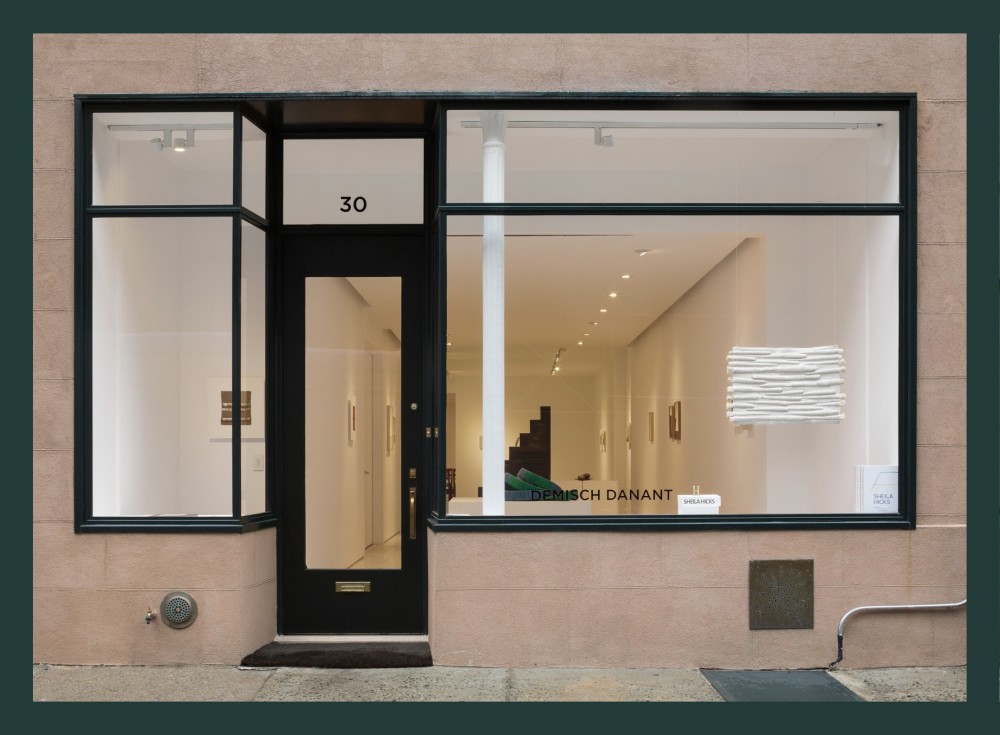
As storytellers and innovators, we are always intrigued by the designers and their work that narrate history and counsel our present-day experiences, tastes and challenges. Historical content and archetypes can be powerful tools to embrace new ideas.
The French post-war architects and modernists of the 1950s were challenged to design accessible furniture with new materials and technology as part of the national program to rebuild French society after the devastation of WWII. Their present-day counterparts are also rethinking the potential of design and architecture to create a more sustainable environment and to invent and inspire a new way of living.
The second half of the 1960s was the beginning of a new era of design and artistic expression in France as the next generation emerged. It was a very rich and exciting period with an abundance of creation in every field and an eagerness for knowing and experiencing everything. Designers and artists were reflecting this new social context by challenging the concept of modern and traditional design with contemporary ideas and incorporating new materials, humor and spirit in the creation of objects of daily life. Sounds familiar, right?
Now, on the threshold of another decade, we are experiencing another generational and cultural shift where, once again, a renewed vision is required to confront an environmental emergency and to solve global problems on a local scale. The design and architecture fields are empowered to lead the charge; and, the landmark innovations of the past and their processes with new techniques and materials will be fundamental to guide us. Design is a way of life–what we live with, see, touch, and use every day. Design is a part our personal identity, a point of view–aesthetically and politically.
As the attention on design is reaching a broader audience now more than ever, we are asking ourselves what does design mean now? What is good design today, and how does it matter? What is the value of design and its history to a next generation of consumers, collectors and designers themselves? What is the desire to acquire/collect design objects; and if so, what is the setting and requirements to do so? What is the importance of the story and the experience? What is the best platform to learn? We are interested to hear from you and understand what you think. Please reply “I’m in” and we will send you a survey and share the results.
We are excited for this year and to go forward. The French art of the 60s and 70s is associated with the design of the time and when artists and designers often worked together. With César and Sheila Hicks, we are expanding our art program to include Alain Jacquet, François Arnal and Jean-Pierre Raynaud and Eugène Leroy from the 50s/60s in order to contextualize these periods more profoundly.
As a continuation of our made in France program, we will launch a series of shows about Sources of Modernity and the connections between post-war and the previous U.A.M. generations. Additionally, we will launch an interactive map of the French post-war design landscape, illustrating the wider panorama of 20th-century French design.
Color Diaries is now on view, an exhibition about the interaction of color, form, and space. And, we will continue our popular The Making of a Collection series, with thematic discussions about the many processes of collecting, stories behind a great collection and much more.
Visit our website regularly for updates about new acquisitions, exhibitions and art fairs, along with publications and events. And please follow us on Instagram @demischdanant to learn more.
Very best,
Suzanne and Stephane
p.s. This, year we will have been partners for 20 years. Thank you for seeing, listening and for your support. We are pleased and gratified to be a part of the international design community and among its thoughtful and brilliant minds.